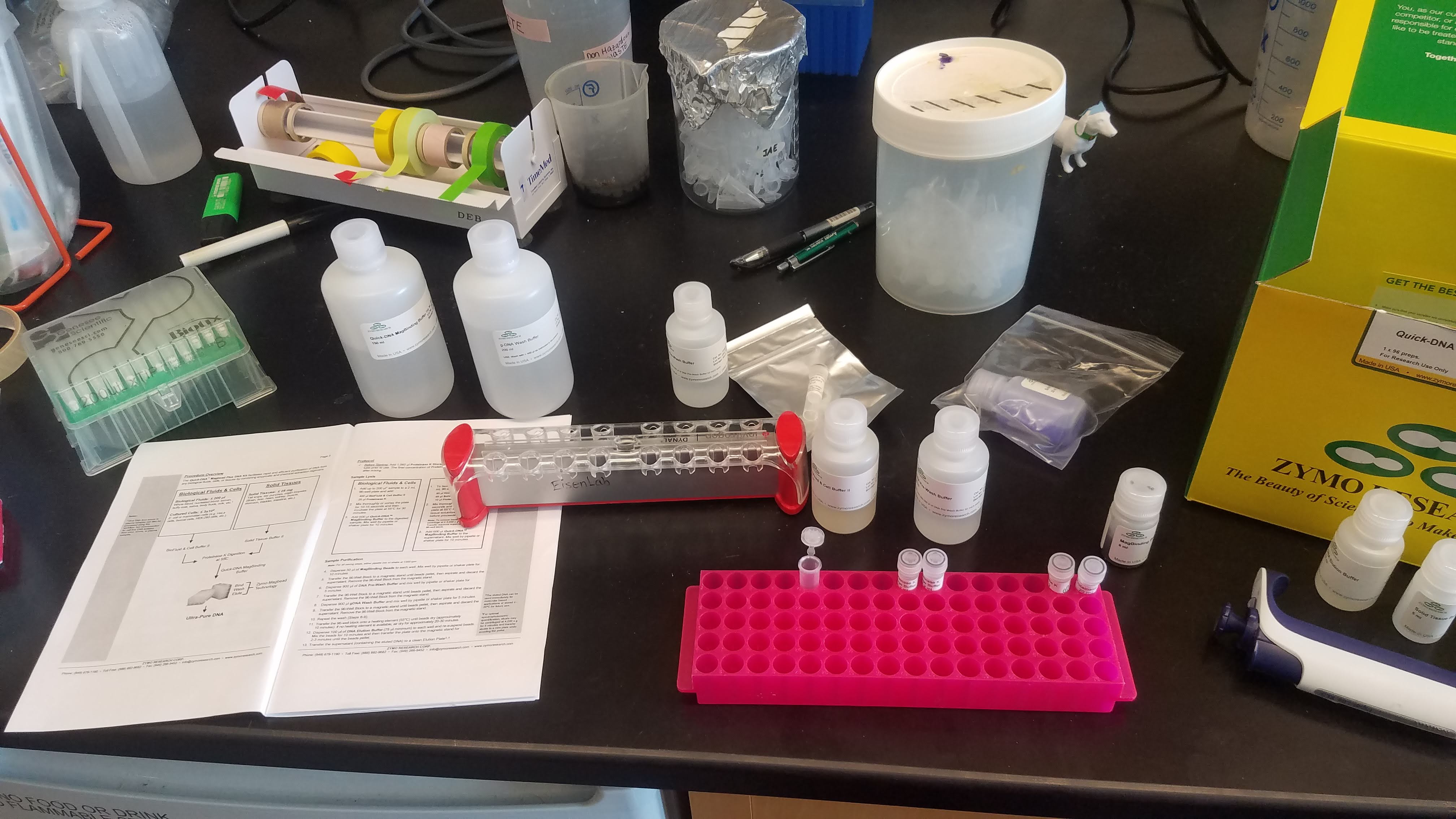Environmental sampling for SARS-CoV-2 is important because it allows us to better understand where and for how long the virus persists in the environment. This information will improve our understanding about transmission dynamics and risk mitigation. It also can help direct community testing, since resources are limiting and it's not possible to test every person every day.
These efforts are being organized by Drs. Jonathan Eisen and David Coil at the UCD Genome Center. Please contact us if you’re interested in chatting about these projects, becoming involved, etc. (jaeisen@ucdavis.edu, dcoil@ucdavis.edu)
Right now we are focused on three different topic areas. UCDMC Sampling, Wastewater and air filter sampling at UCD, and Viability detection of SARS-CoV-2. We are also involved in discussions regarding the scale-up of community testing before Fall quarter 2020 begins.
 This multi-faceted work is being led by Drs. Karen Shapiro
This multi-faceted work is being led by Drs. Karen Shapiro Drs Jonathan Eisen, David Coil, and Satya Dandekar received
Drs Jonathan Eisen, David Coil, and Satya Dandekar received